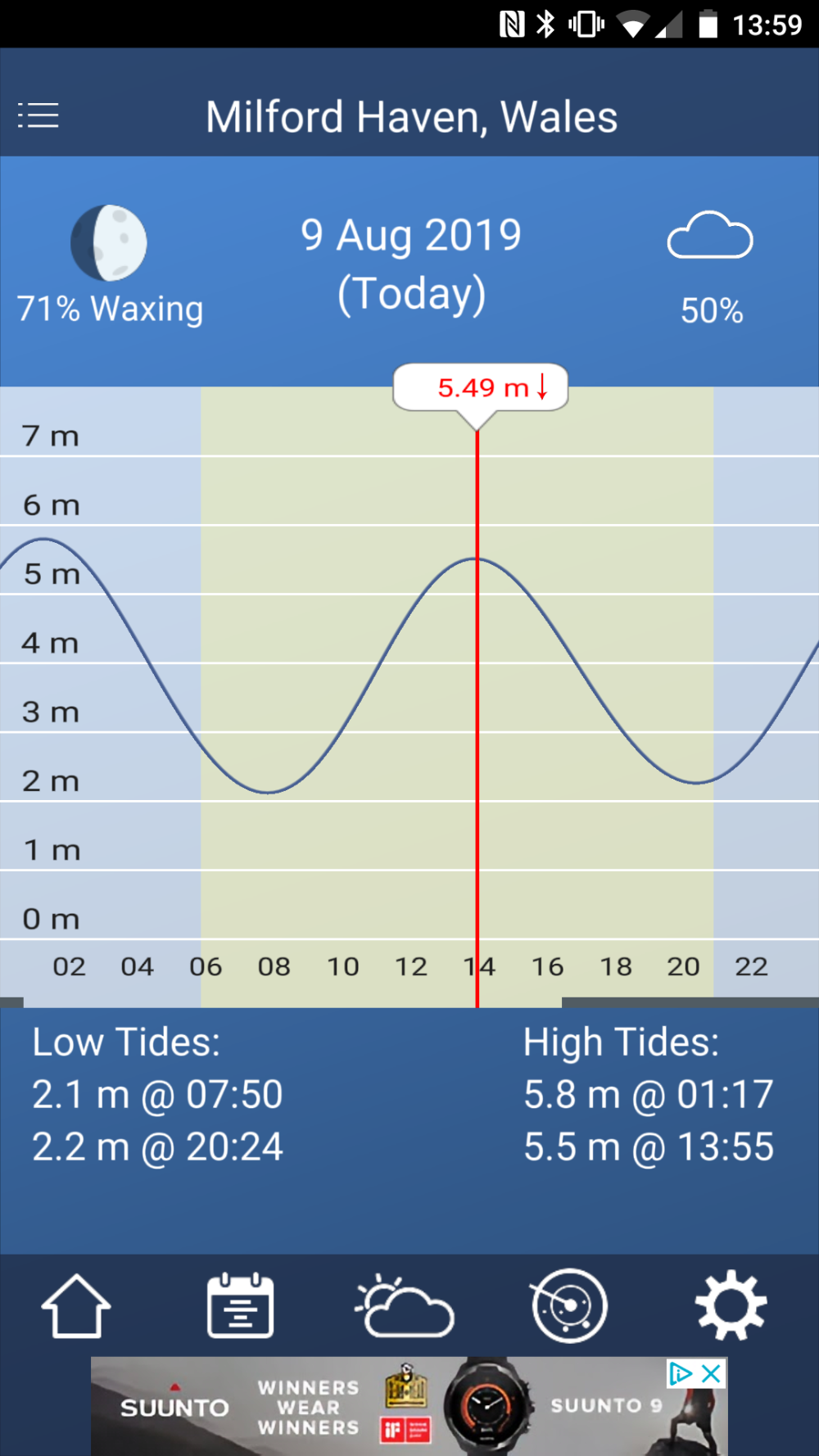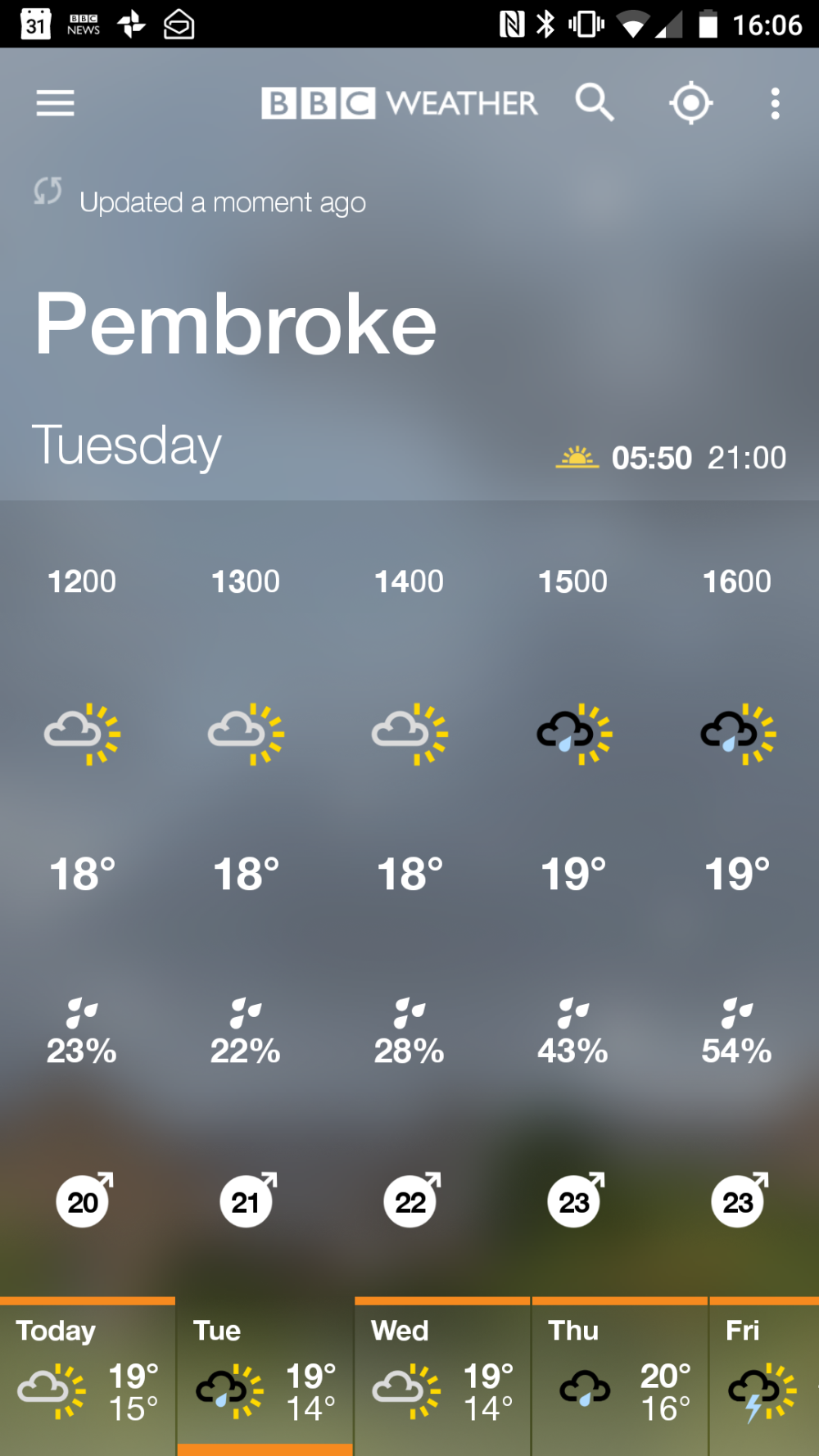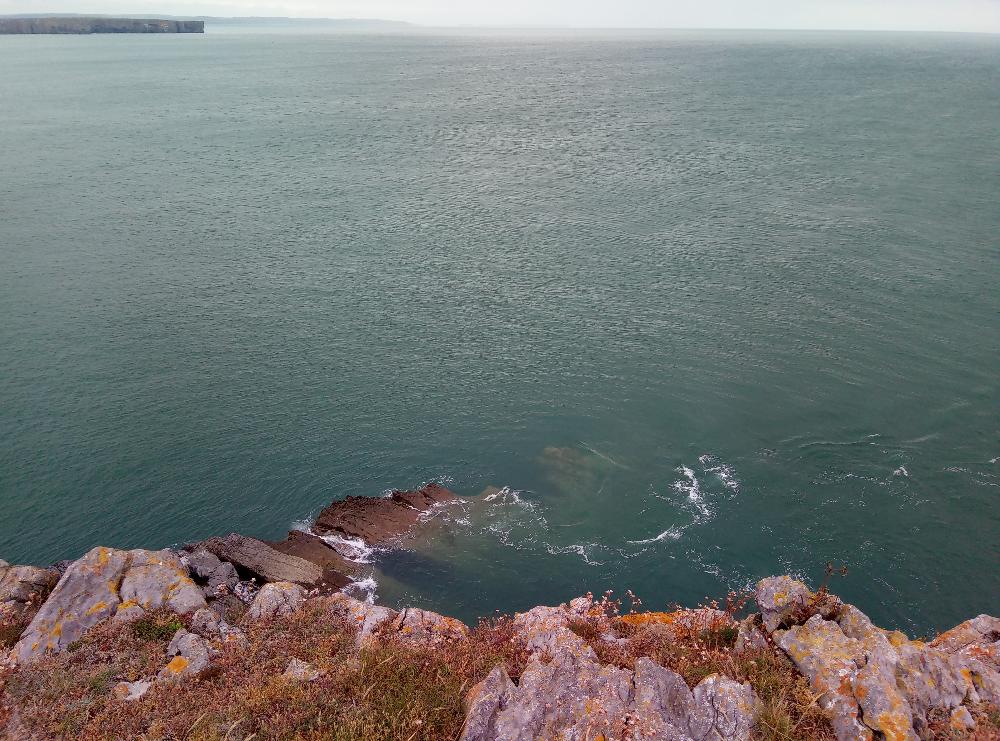As soon as summer comes there are invariably tragic stories in the news of of people going missing or drownings in open water such as lakes, quarries or the ocean.
Whilst it is true that each type of open water does come with some inherent risks it is, in my opinion, better to educate rather than ban or scaremonger people on those risks and how to mitigate them.
The most obvious and visible risk when it comes to sea swimming, apart from the surface conditions, is the tide. Here in the UK will experience some of the the most dynamic tide patterns in the world where the sea level can easily rise and drop by 6 or 7 m on any given day. The result of this can be some very strong currents on inbound or outbound tides.
If you are are in the process of scoping out a potential swim route or fancy a quick, add hoc dip in the sea, especially somewhere new, you should always check what the tide is doing and if possible check for currents.
This is best done from a height in my experience as you will be able to see things like water flow, or waves that look out of place, or surface patterns or ripples that are focused in specific areas. All of these represent 'goings on' beneath the surface you need to be aware of.
How do I know the local tides?
I use a really useful and free app simply called 'Tides', which shows the inbound and outbound tides in a simple graph format at set locations or your current location based on the phone GPS.
It seems to work wherever you're located as well and does not need any kind of phone reception. Very handy.

This makes it really easy to understand when the tide is on its way in or when it's going out. The app also has functions for weather forecasts, stars and moon phases.
Understand the Weather, Wind, Daylight and Other Factors
Any simple weather app contains a wealth of information if you take the time to look and can predict local conditions based on your phone GPS location:
- Weather
- Wind
- Chance of rain
- Sunrise/sunset times
- And much more

Observe From a Height:
I've been planning a swimrun route for some time, which takes in a bit of open ocean quite close to a very exposed area of the Pembrokeshire coast where I have often observed very large swells and strong currents.
I believe the route will be fantastic but am still working out the best time to do it with regards to the tide, so the other day I went to check it out when the tide was at its highest and just turning to go out....
I observed seriously strong currents heading straight out to sea such that they actually caused reverse waves that could quite easily have been served on a kayak.
By observing at the top of the cliff above the planned route I was easily able to see this, which probably wouldn't have been visible from the shoreline.

Observe at Different Times
I was quite surprised at how fast the current flowed. Prior to this I had check the route out several times but it had seemed fairly calm. By checking the same route at different times of the tide you can see what effect it will have on your planned swim.
It doesn't necessarily mean you can't do that swim; it just means that you have to be careful of doing it at the most dangerous times, or plan boat assistance or some other kind of assistance as required.
As far as this swim run route goes...
I'll be sticking to the incoming tide and perhaps avoid that section as I did not factor in a swim to Ireland!
